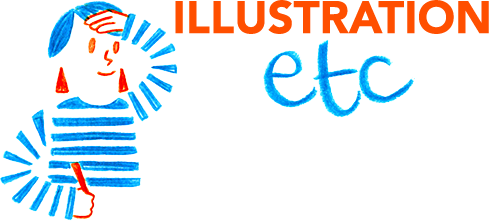Interior with table and samovar - our wooden hut at Lake Peipus, Estonia
I knew practically nothing about Estonia before I went, “they’re in Eurovision, right?” My expectations of Estonia and the things I would learn there were unexpectedly life changing. The enthusiasm and love exuded by our constant guide, Maarika and her clear sense of pride in her home country served to accentuate my feelings about our experiences. It ended up that by the end of the week saying goodbye to her actually made me an emotional wreck. I was also sleep deprived and we had all been doing long, long days of travel and discovery, but she did end up in my 100daysofHerstory (number 67). That’s the real deal.
Maarika allowed us - as foreign visitors - a unique insight into life as an Estonian person in the twenty-first century, but also facilitated our understanding of Estonia’s chequered and often confusing past. Her use of words like ‘emotions’, ‘nature’ and ‘beauty’ kept reappearing. A clear sense of general Estonian priorities became clear through her presence, of simplicity, returning to nature, folklore, science, using available resources in the best way, learning from past mistakes and celebrating the firebrands and game changers of their history.
The RMK, essentially the Estonian forestry commission, impressed me in many ways with their use of natural materials left in their organic state. Amongst these were a trio of dioramas made of rolled paper or cut from thin sheets of birch. These were on display at the Lahemaa national park visitor centre and proved that
elegant simplicity wins out against overdoing tech
These displays would have been relatively cheap to produce, doubtless using local materials and when they require replacing, I can only assume they will be repurposed or they can even be composted! At the same RMK centre we were taken for a hike by Triin and taught to look for cultural heritage in the landscape. She pointed out that walls and dykes made by people hundreds or even thousands of years ago can still be visible and mistaken for natural features. Since then I’ve been trying to ‘read’ every rural landscape I have been in, looking for clues of times past. It also made me want to learn more about wild plants, especially after munching on some tasty wood sorrel. Although... if you eat too much you start hallucinating, so maybe good to know a few other edible plants.
At Kivioli, we visited a former shale oil ash hill. The whole area used to treat the hill as a source of pride in its prosperity, but with the decline of mining the hill became a dark blight on the landscape. Local people attempted to ignore it, despite it casting a literal shadow over them. Thanks to the foresight of two adventurous friends (yes, really) since 2005 the hill has been an outdoor adventure and ski centre.
The hill was volatile and hot even after decades of inactivity
but that residual heat has been harnessed in order to power a hostel and conference centre on site. Interestingly no one seems to know how long that might last. The slag was covered with soil, allowing new growth and rendered it safe for international motocross, ski slaloms and discgolf* courses. They've built a colossal zipline from the top of the hill over the new lake they've created, but disappointingly wouldn't let us on it. Rather than shying away from the huge hill, it's being embraced, even some wildlife is returning. The UK could learn a lot from making use of such a negative and depressed site, converting it into a sustainable and enduring asset both locally, nationally and internationally.
Along the ‘Onion Route’
we stayed in Varnja in a traditional Peipsi lake cabin with rustic interiors and no running water.
I made the ink illustration of it from a sketch I did at the time. It had a traditional sauna and a pretty full composting outdoor toilet with a simple bucket toilet inside. It was basic in aspect, aside from electricity, we had none of the usual comforts expected when staying in a cottage. However, the reliance on a well for water and on wood burners and lanterns for warmth made me appreciate how unsustainable the way we live has become. Treats here were the sauna (except in Estonia it is simply a way of life... I wish), air dried fish and the near silence of sleeping birds, toad calls and insects. It was one of the most pleasant places we stayed because of the quiet, the large interior space and a glimpse into a simpler way of living, at one with our surroundings. I also recall the hilarity of being one of five naked women in the sauna when a pan was accidentally dropped into the hot water tank, closely followed by a second one (she was trying to get the first one out). Maarika was furious. I nakedly watched one awkwardly laughing naked woman being scolded by another cross naked woman. Great entertainment.
All these experiences led me to the conclusion that tourism and interpretation can be sustainable, both in terms of being eco-conscious, but also that it will last and can be easily maintained. There was a complete lack of touch screens and audio visuals in most places, but I didn't feel the lack. If anything, it was a refreshing break. More posts will appear in this suite about Estonia - I thought it'd be good to share them as a record for myself of a work related foray, but also just for fun.
*Discgolf, or what we would probably call FRISBEE GOLF! Why is this not a thing in the UK? We asked one local about it and she said "where have you been? Here, Finland, everyone is crazy about it." It's exactly like golf, but instead of a caddy of clubs you have a series of frisbees. Sign me up!





